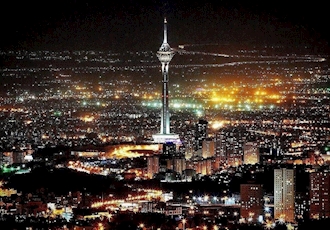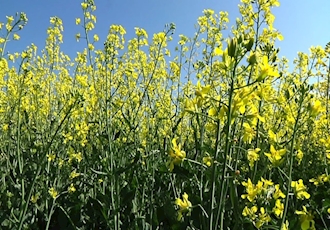Why are soymeal prices soaring, and soyoil futures not?
Prices in the feed ingredient have found particular support from worries over dryness setting back the Argentine soybean crop.
These worries moved up a gear after a drier-than-expected weekend in the South American country, with futures on Monday hitting an 18-month high.
Broker Benson Quinn Commodities reported that “recent production estimates point to Argentine soybean production being closer to 45m-46m tonnes than the 54m tonnes estimate the US Department of Agriculture is using”.
Yet prices of soybeans themselves are up only 5% so far this year on a spot contract basis, well below the more than 14% jump in Chicago soymeal futures.
Soyoil, produced with soyoil when soybeans are processed, has fallen by nearly 4%.
Soymeal futures have found particular strength as there are fewer alternatives to Argentine supplies.
Soybean buyers, for instance, can go to the US or Brazil instead.
In fact, Argentina is responsible for less than 5% of world exports of raw soybeans, well below its share of 17% or so of world production as it has focused on building up its crushing industry, to capture an extra link in the value chain.
And while this drive has made Argentina the top exporter of soyoil, with a market share of approaching 50%, there are ready alternatives, such as palm oil or rapeseed oil, for many purposes.
Where there is not such a ready alternative is in the meal market, given that soybeans are particularly high in meal content (as opposed to rapeseed, for example, which is more generous with oil), making the oilseed a particularly important supply.
Indeed, while soyoil accounts for less than 30% of world vegetable oil supplies, soymeal represents around 70% of global production of oilmeals, which being high in protein are a valuable feed ingredient.
Narrowing that down just to trade, and Argentina is responsible for more than one-third of world trade in oilmeals, compared with about 7% in oils.
Which is why the soymeal market is taking such particular interest in Argentina’s woes.
Assuming the Argentine soybean crop did – in the worst case scenario voiced so far - fall to 45m tonnes, that would, feeding it through the USDA’s current balance sheet for the country, translate into a drop of some 5.5m tonnes in soymeal supplies.
That in turn is equivalent to more than 8% of world trade volumes and this at a time when world trade had been expected to hit a record top, spurred by demand.
Of course, it is not unlikely that the Argentine harvest will not prove as dismal as many have feared - as last year, when too much rain, rather than too little, was the problem.
But nor is it unreasonable to see higher soymeal prices as warranted, to put dampeners on demand which had looked strong relative to supplies even before Argentina’s weather worries kicked in.
And investors should be aware that it is a rare year that sees soymeal prices peak in February, 2011 being the sole example in the last quarter century.
Source: agrimoney







